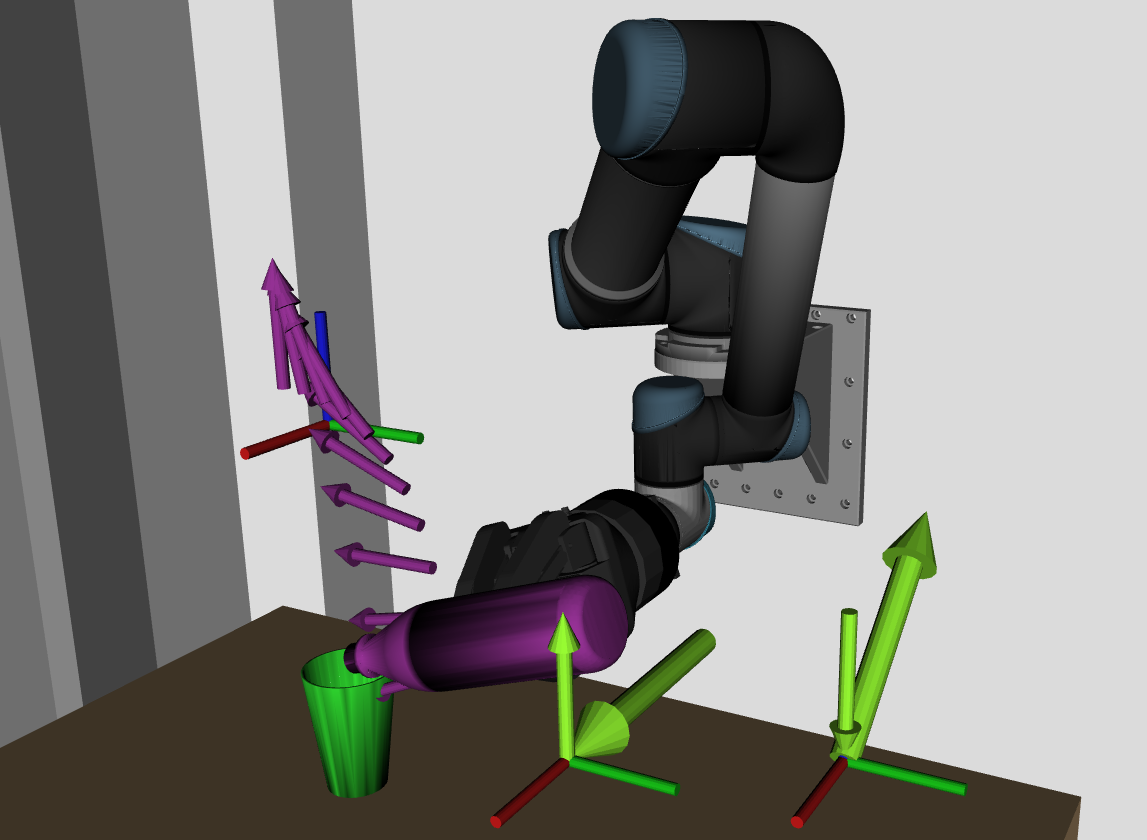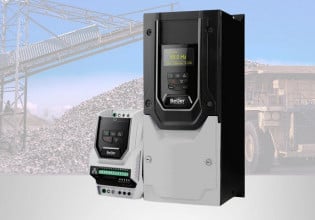Space: The Final Frontier…Where No Robot Has Gone Before!
Sending robots to space is not without its challenges, but unlike humans, robots don't have biological needs and can be used in dangerous tasks. To advance space robotics, SpaceWerx and NASA have awarded contracts to PickNik Robotics.
Sending robots to space presents a few unique challenges.
The lack of gravity means cables must be carefully protected and routed, as they cannot be expected to droop in a predictable manner. Grippers must physically remove items, not simply release them from a controlled height.
Convective cooling in the vacuum of space is not possible. Electronics must be cooled through conduction instead, meaning heatsinks and fans have little effect. Besides dissipating heat through conduction, electronics must be shielded from the radiation and temperature extremes associated with space on their EVA missions.
Robots must also be lightweight and compact, as space cargo is incredibly expensive.
Unlike humans, however, robots don't require oxygen, food, and sleep and can be used for tasks deemed too dangerous for humans.

PickNik Robotics' conception of a space robot. Image used courtesy of PickNik Robotics
PickNik Robotics
In an effort to advance the field of space robotics, Colorado-based robotics and robotics software company, PickNik Robotics, has received several competitive contracts and awards for both continued and new robotics research. PickNik Robotics has been awarded a SpaceWERX contract to support the US Space Force, a NASA Small Business Innovation Research (SBIR) contract for Phase I research, and a Colorado Advanced Industries Accelerator (AIA) grant for space robotics.
SpaceWERX Grant
The SpaceWERX grant awarded to PickNik Robotics will help support missions for the US Space Force. SpaceWERX is the research and development arm of the Space Force, which focuses on innovation in tools and technology. PickNik Robotics will develop and improve control systems for robots gathering space debris, capturing space assets, and performing assembly and manipulation tasks. For this project, PickNik Robotics will be collaborating with the University of Texas at Austin.
PickNik Robotics' MoveIt software is used to manipulate a robot so that it can pour a drink (at least on Earth). Image used courtesy of MoveIt
More specifically, PickNik’s contribution will be to further develop their MoveIt software platform to enhance collaboration between autonomous space-bound vehicles and earth-bound control personnel. They will work with NASA and use these robots for Intra Vehicular (IVA) and Extra Vehicular (EVA) missions.

Supervised autonomy. Image used courtesy of PickNik Robotics
NASA SBIR
The NASA SBIR Phase I grant is to support PickNik’s continued work on supervised autonomy in space robotics. This grant will be for developing machine learning models so that autonomous robots can be taught more complex functions and perform them with little human intervention. Robots that can open doors and drawers, change the position of switches and valves and other such tasks will greatly enhance the versatility of these robots in assembly and repair missions, as well as improve astronaut safety by sending a robot to do a job that was previously only possible manually.
Colorado AIA
PickNik was also awarded the Colorado AIA grant, which supports organizations who are developing robotics, sustainability, advanced manufacturing, infrastructure, or other similar innovations that will drive the Colorado industry forward. In particular, the Colorado AIA grants are for companies that will build public-private partnerships and accelerate commercialization, bringing ideas from the drawing board to market quickly.
This grant will support PickNik’s early research on life support systems and robotics for space habitats and deep-space missions. Their focus will be on using robots to enhance astronaut safety during these types of missions.

Space robots can take on tasks that are dangerous for astronauts. Image used courtesy of PickNik Robotics
Robotics in Space
While there are a number of technical challenges that PickNik is working to address, PickNik is uniquely positioned with its contracts and grant to accelerate robotic technology for space. They hope that their and others' advancements in space robotics will ultimately minimize the danger to astronauts, making repairs, construction, and other space tasks easier and safer to accomplish.







